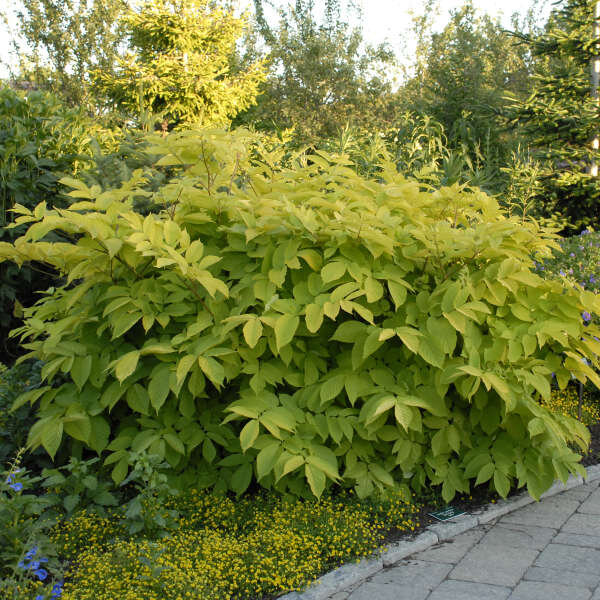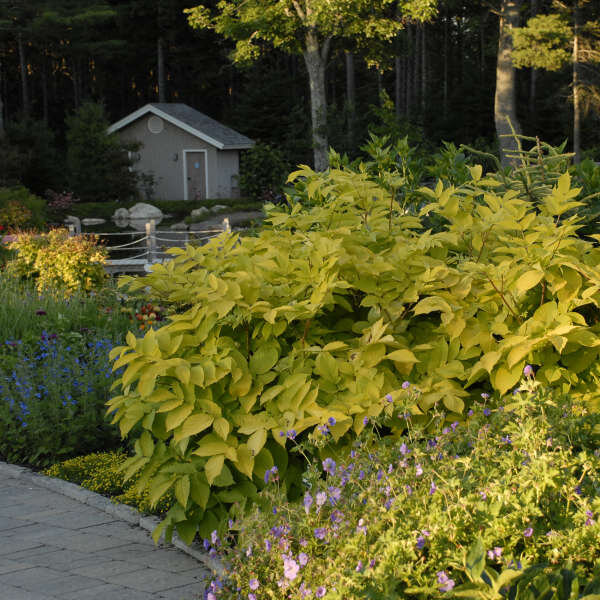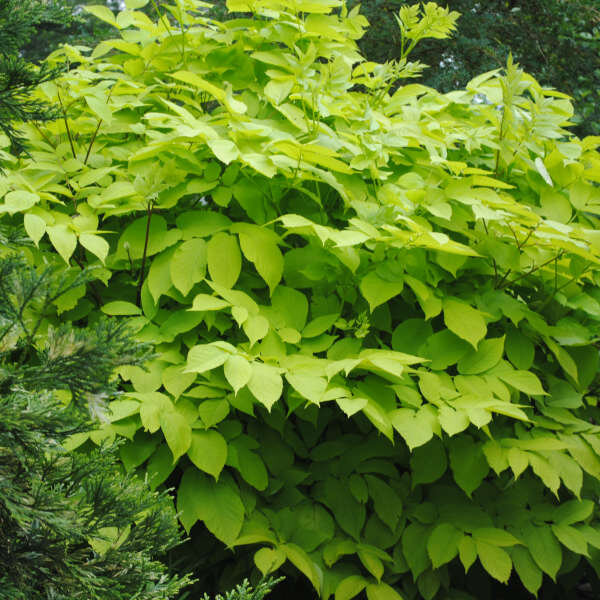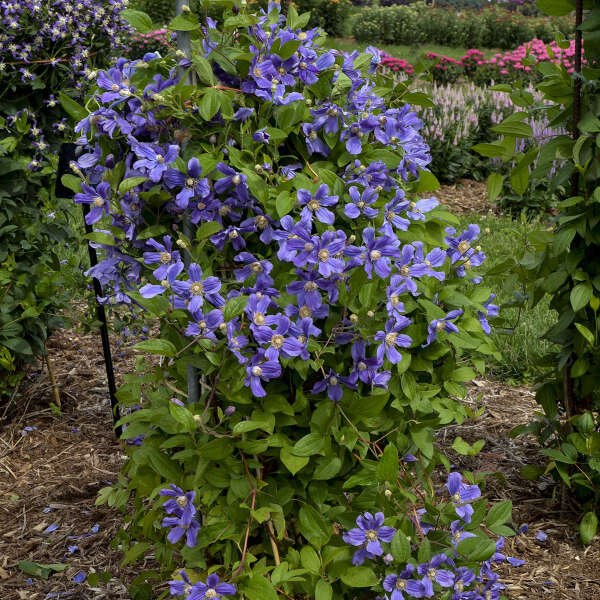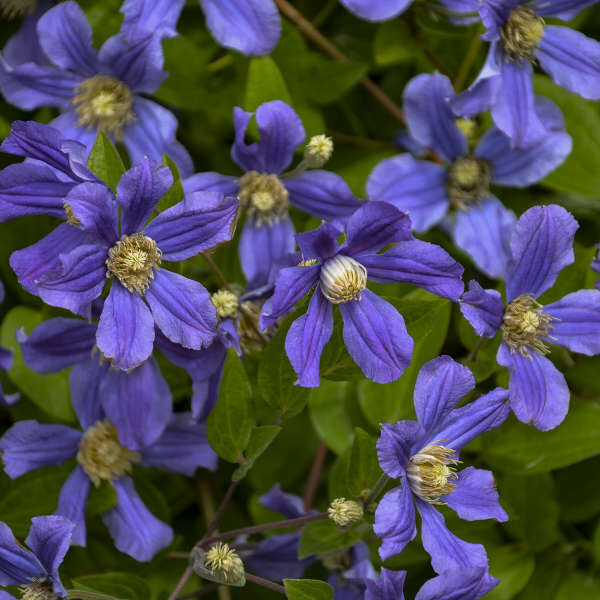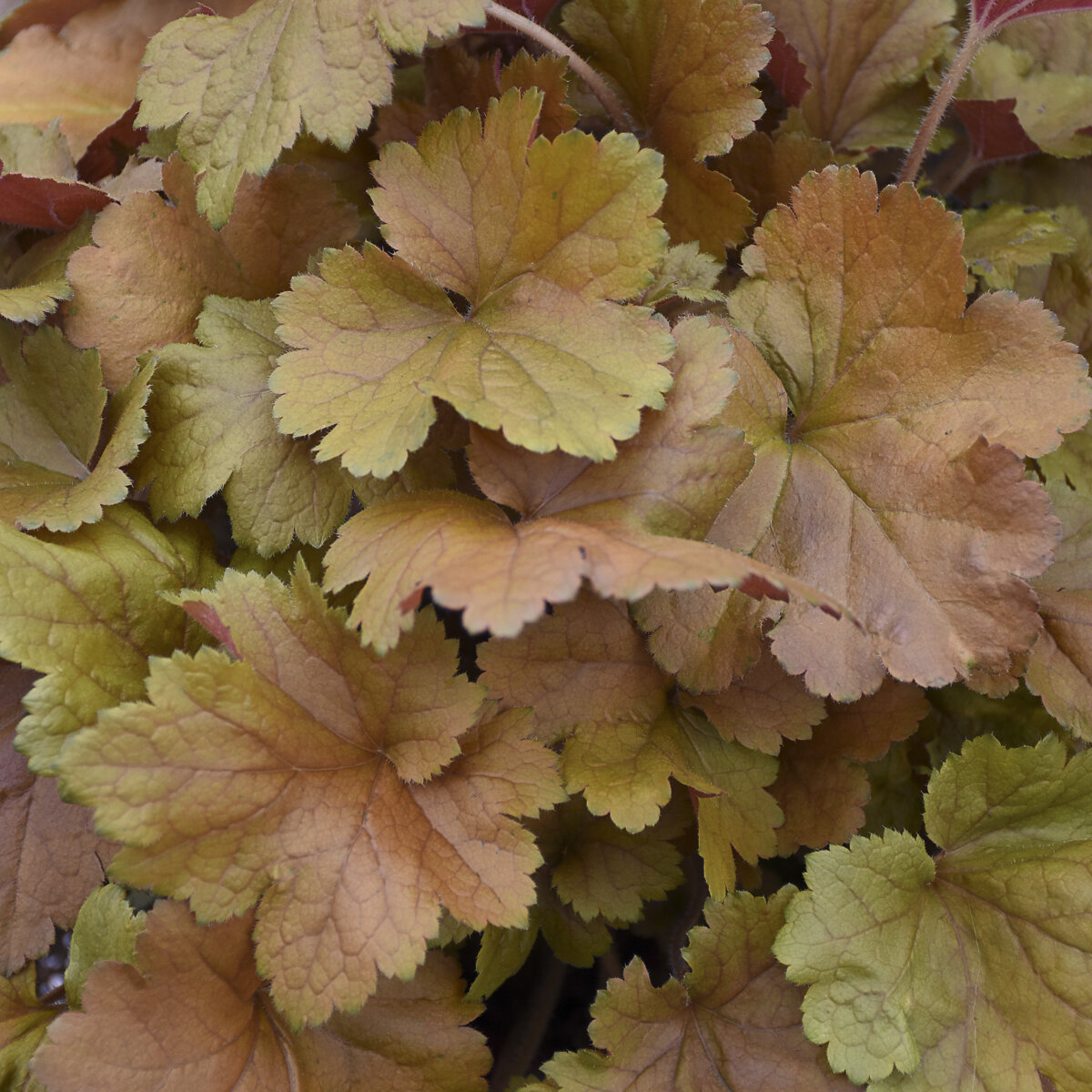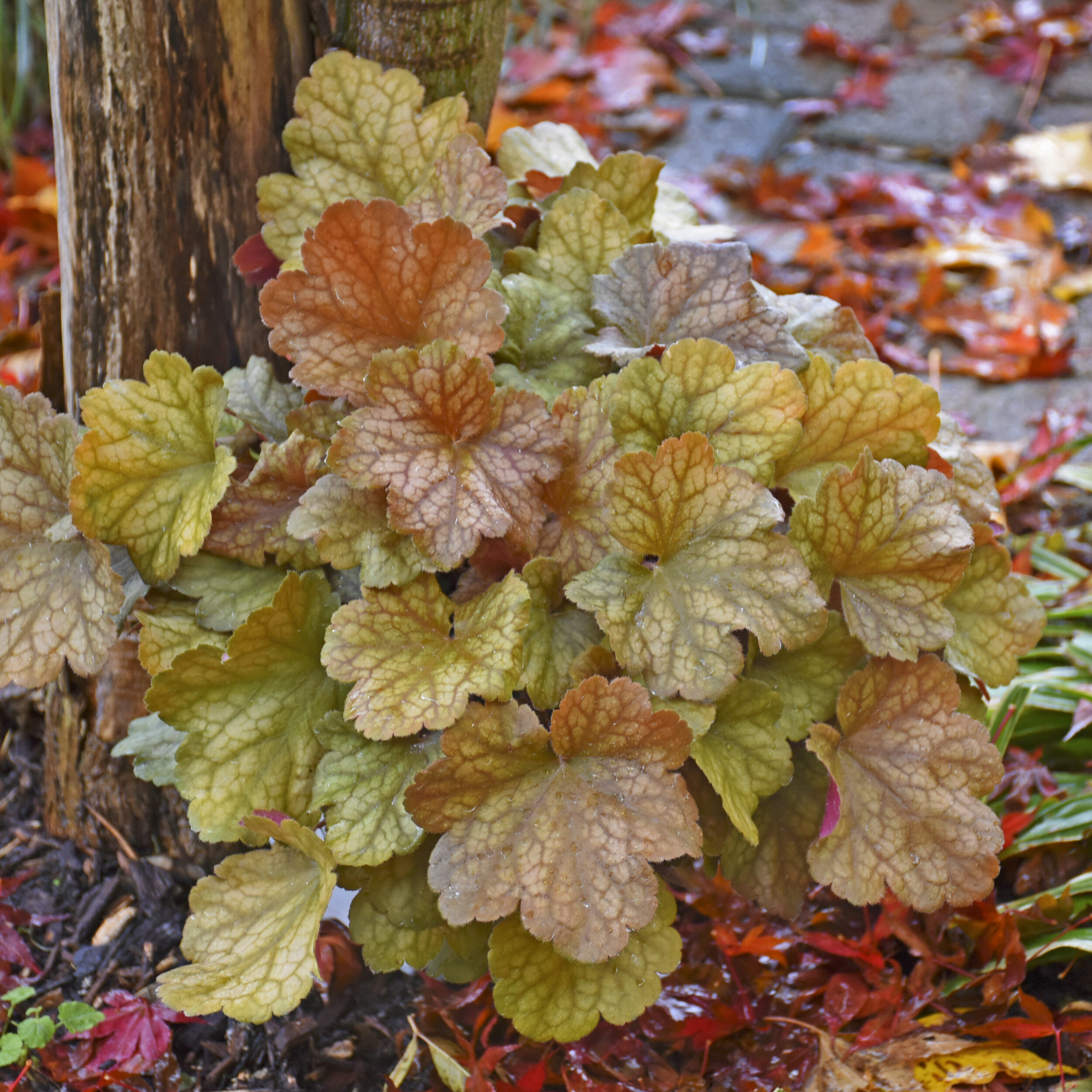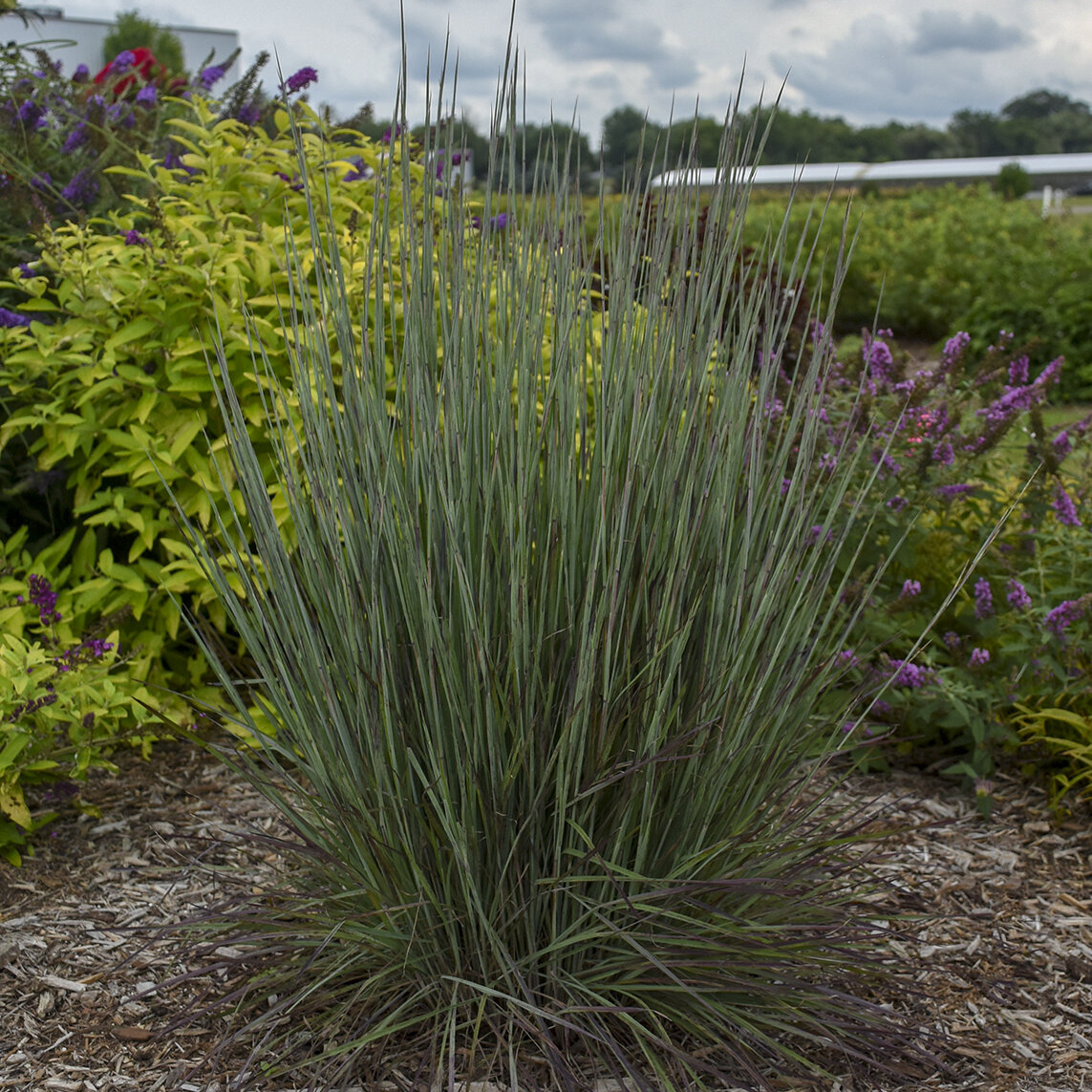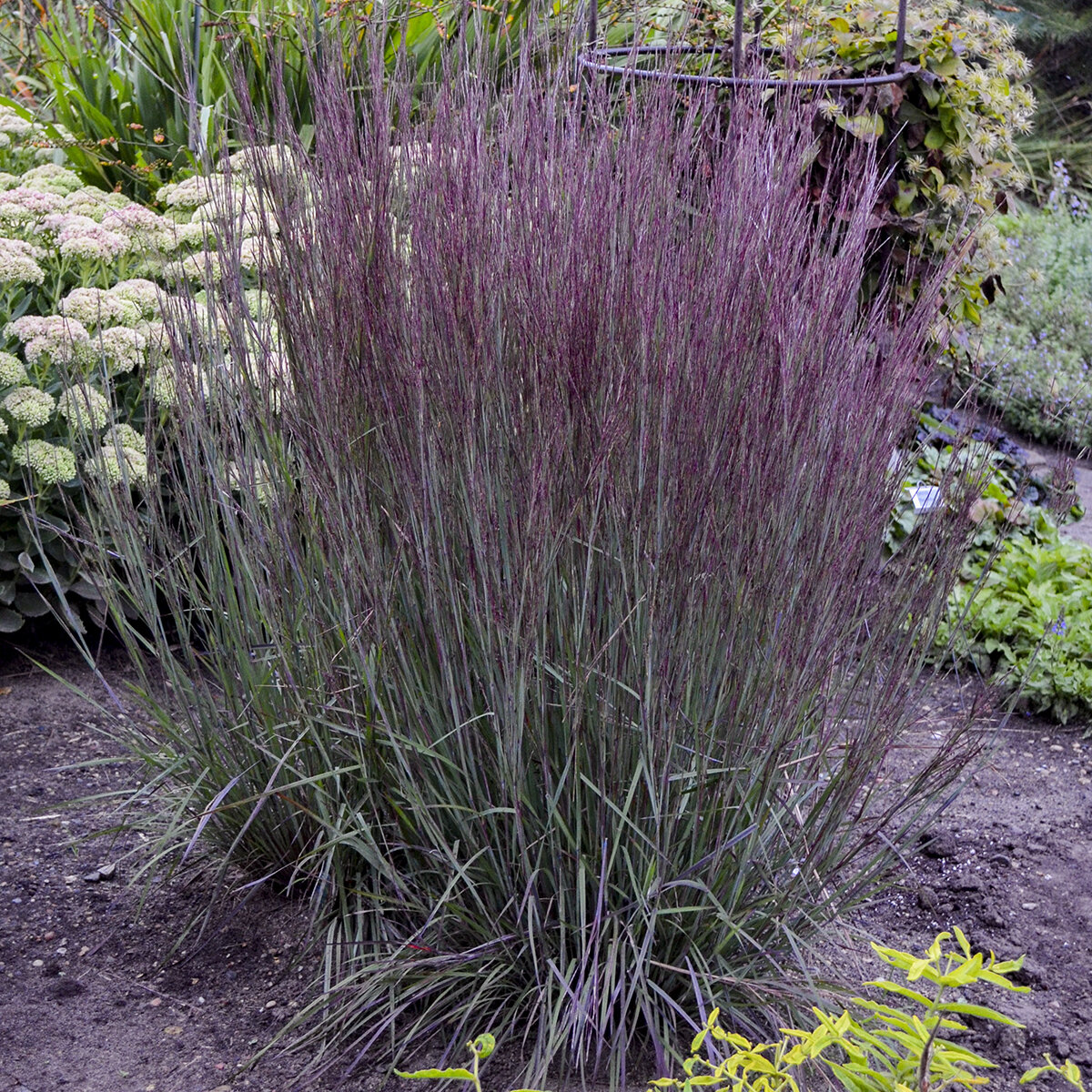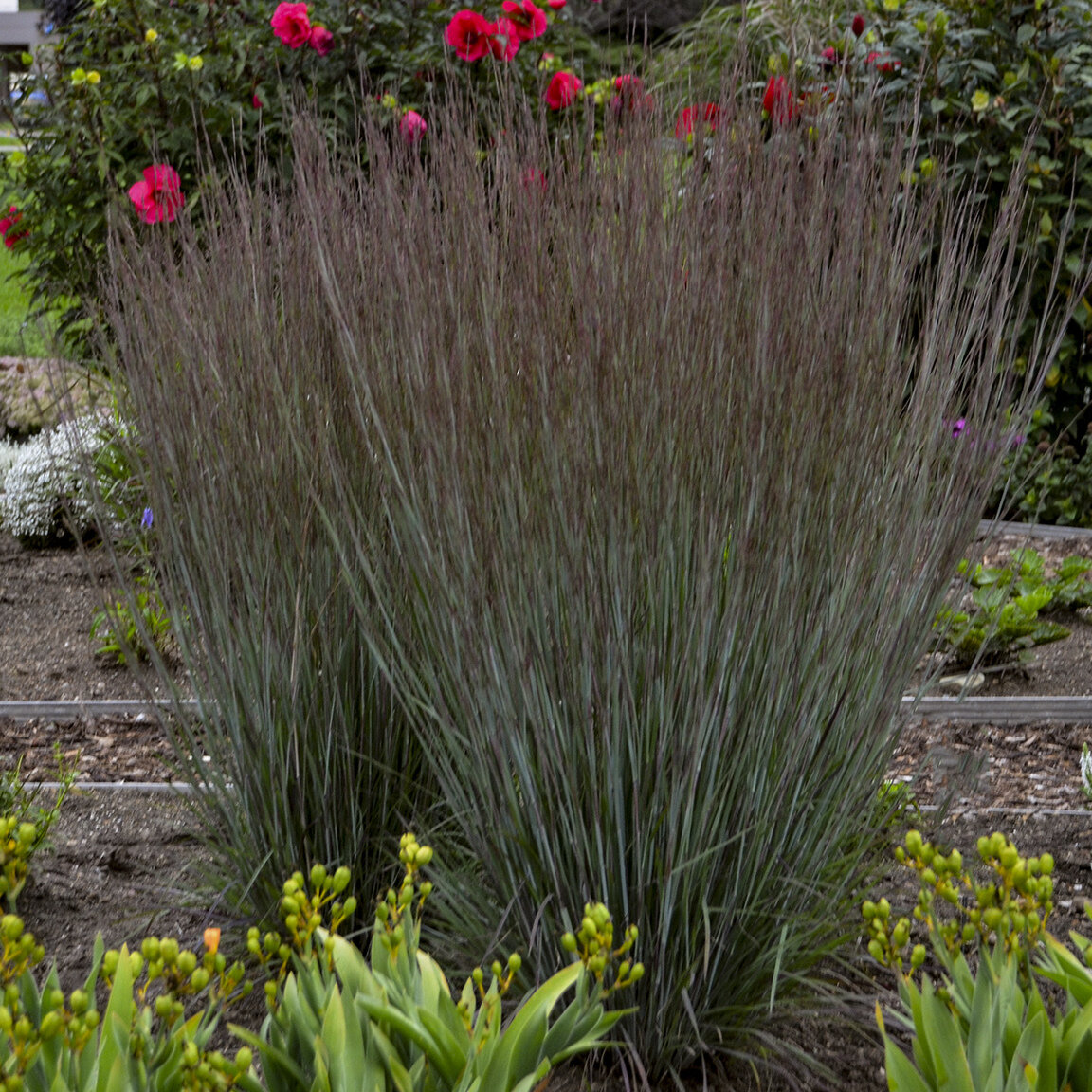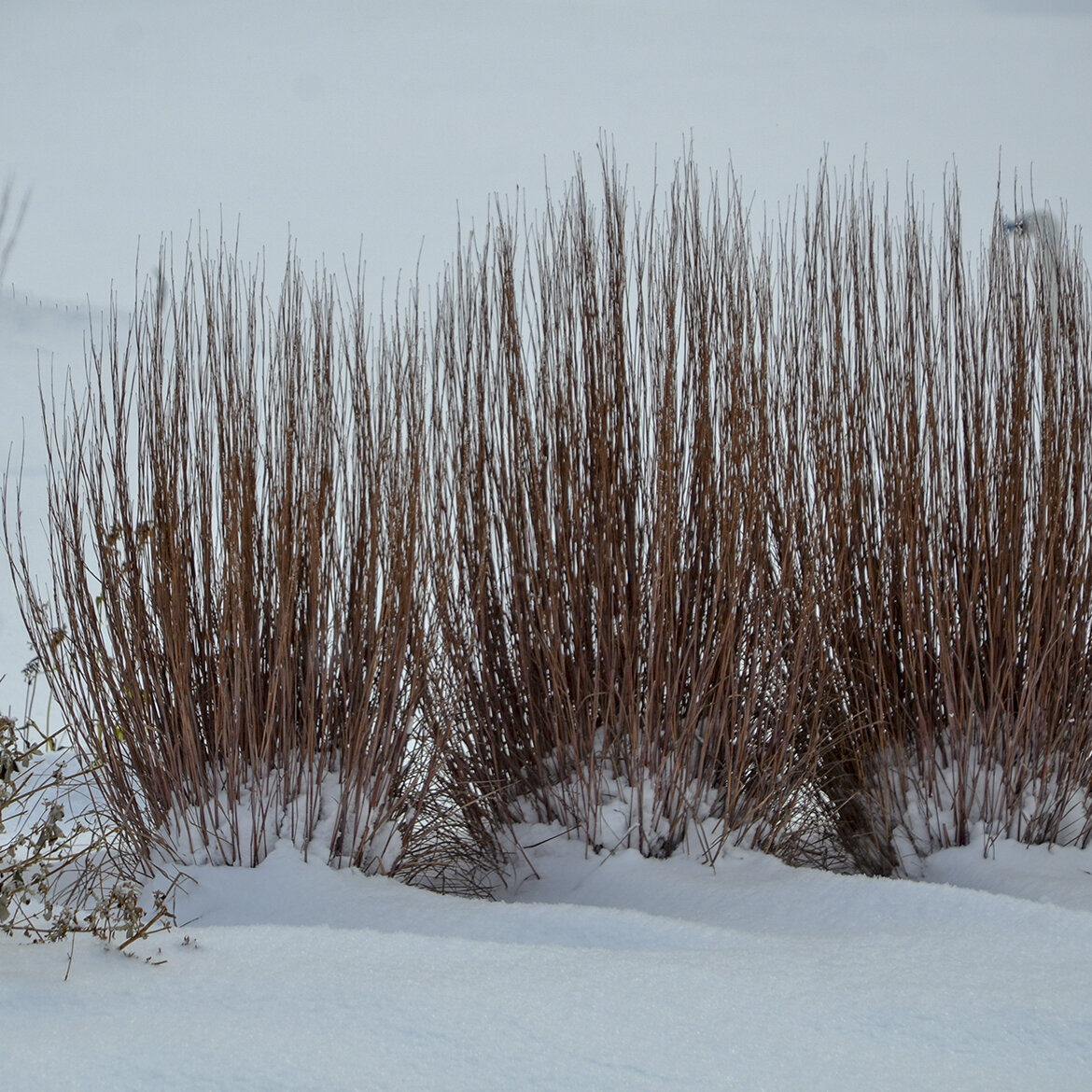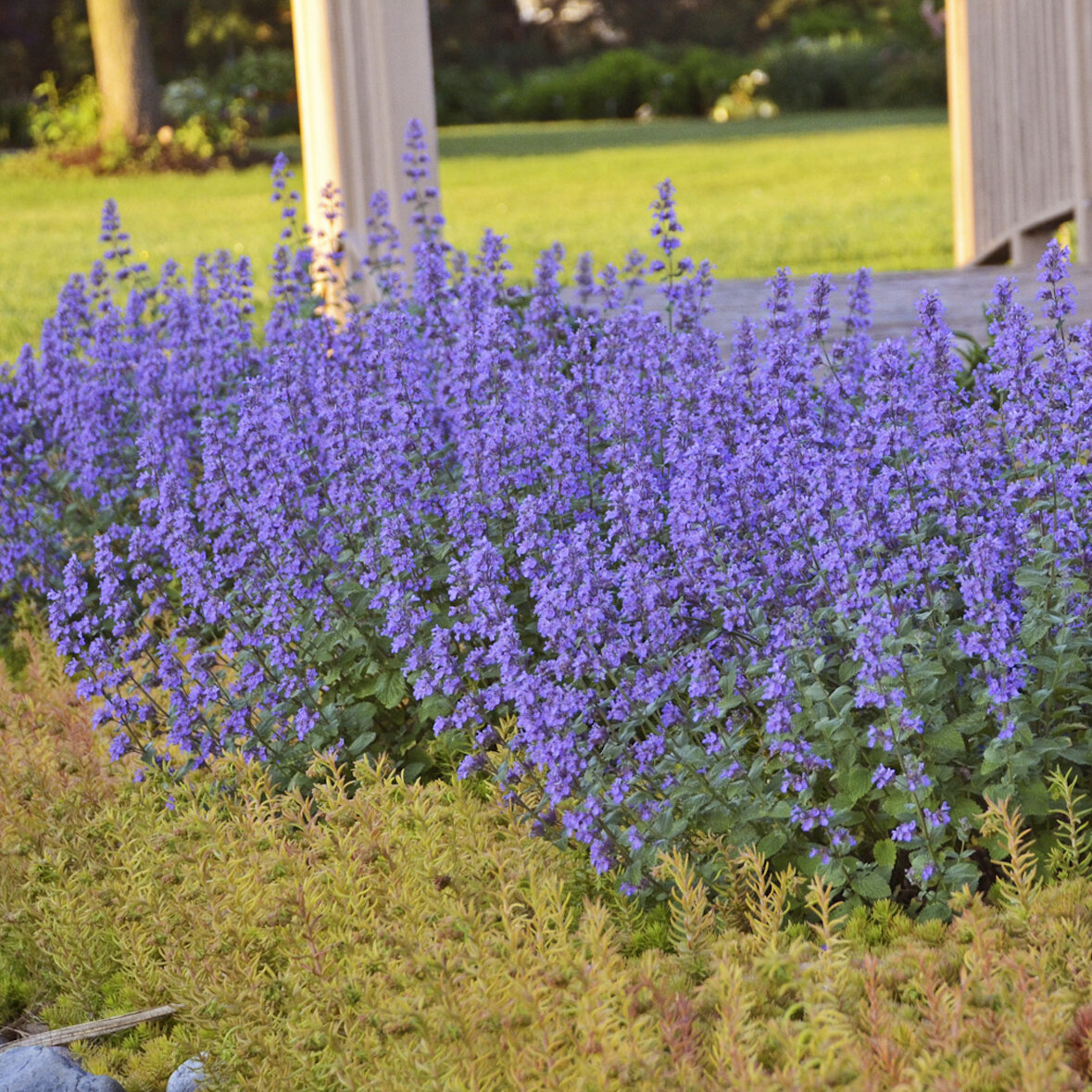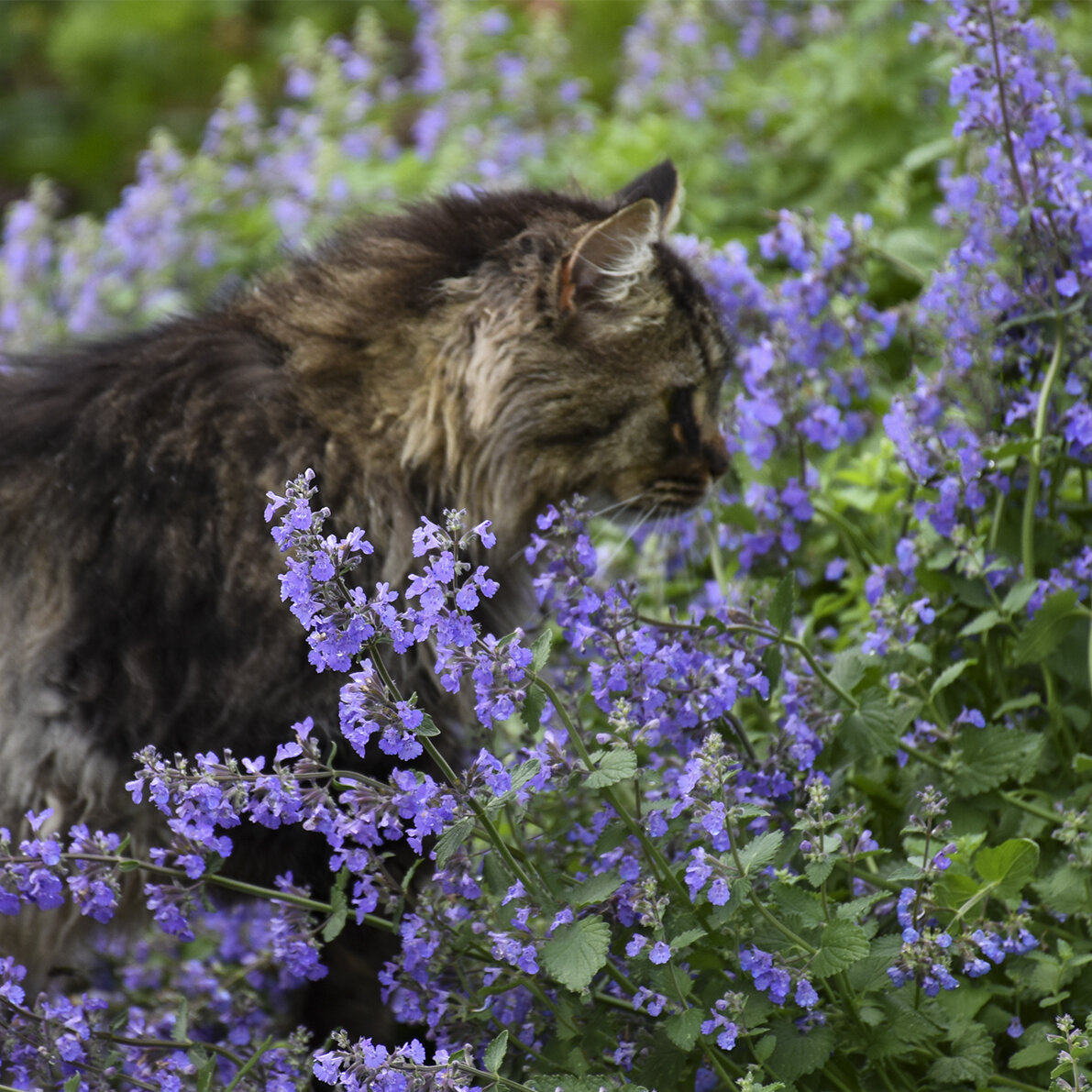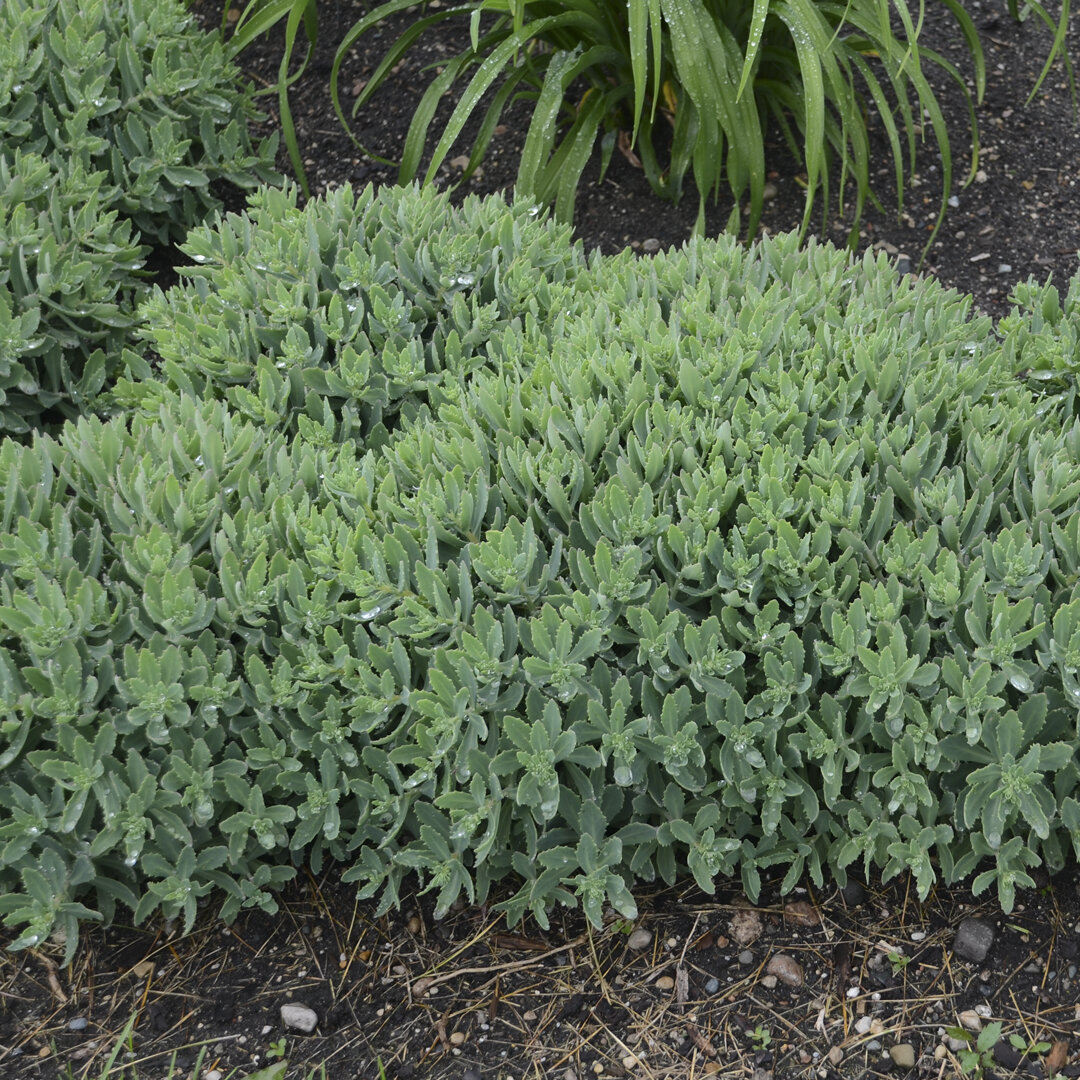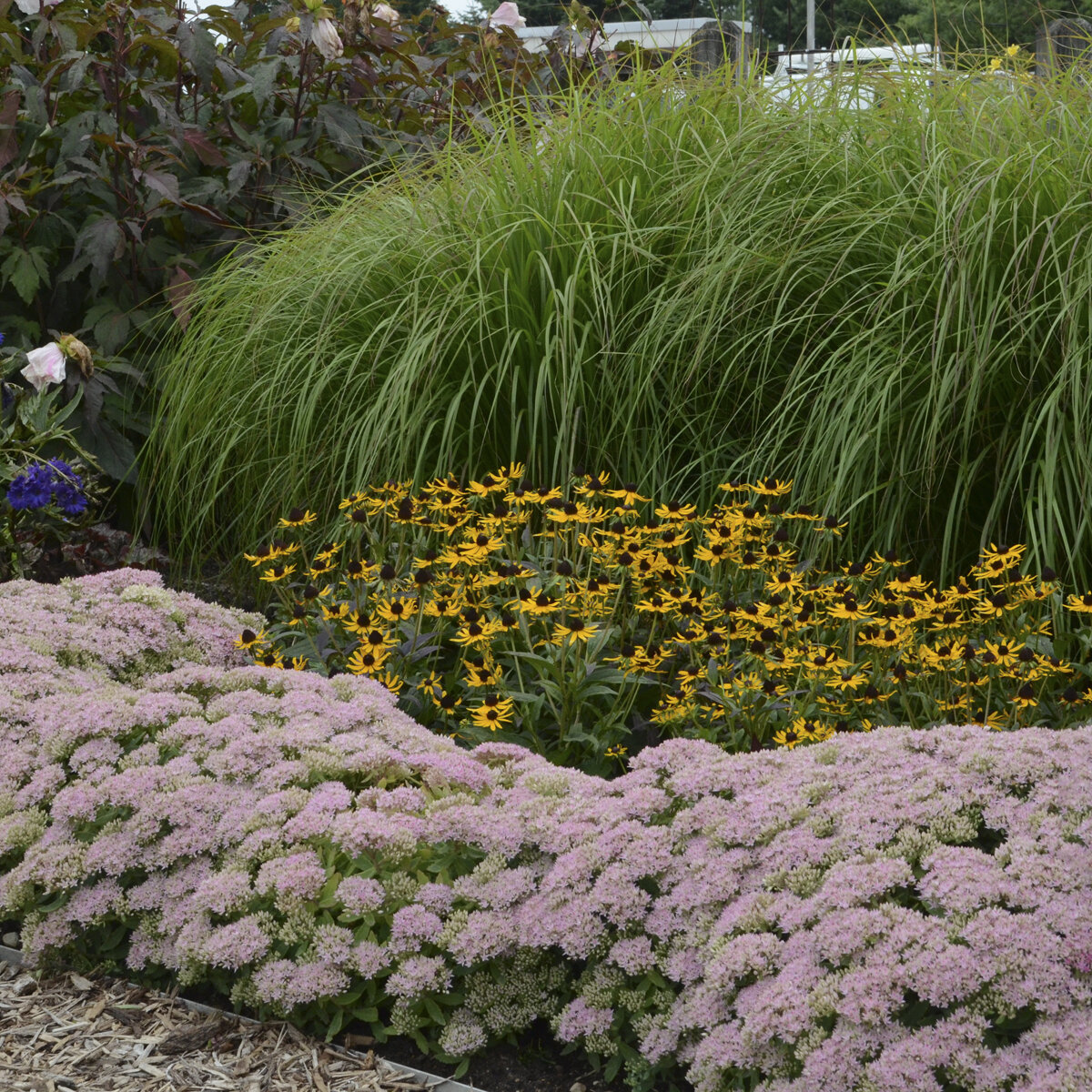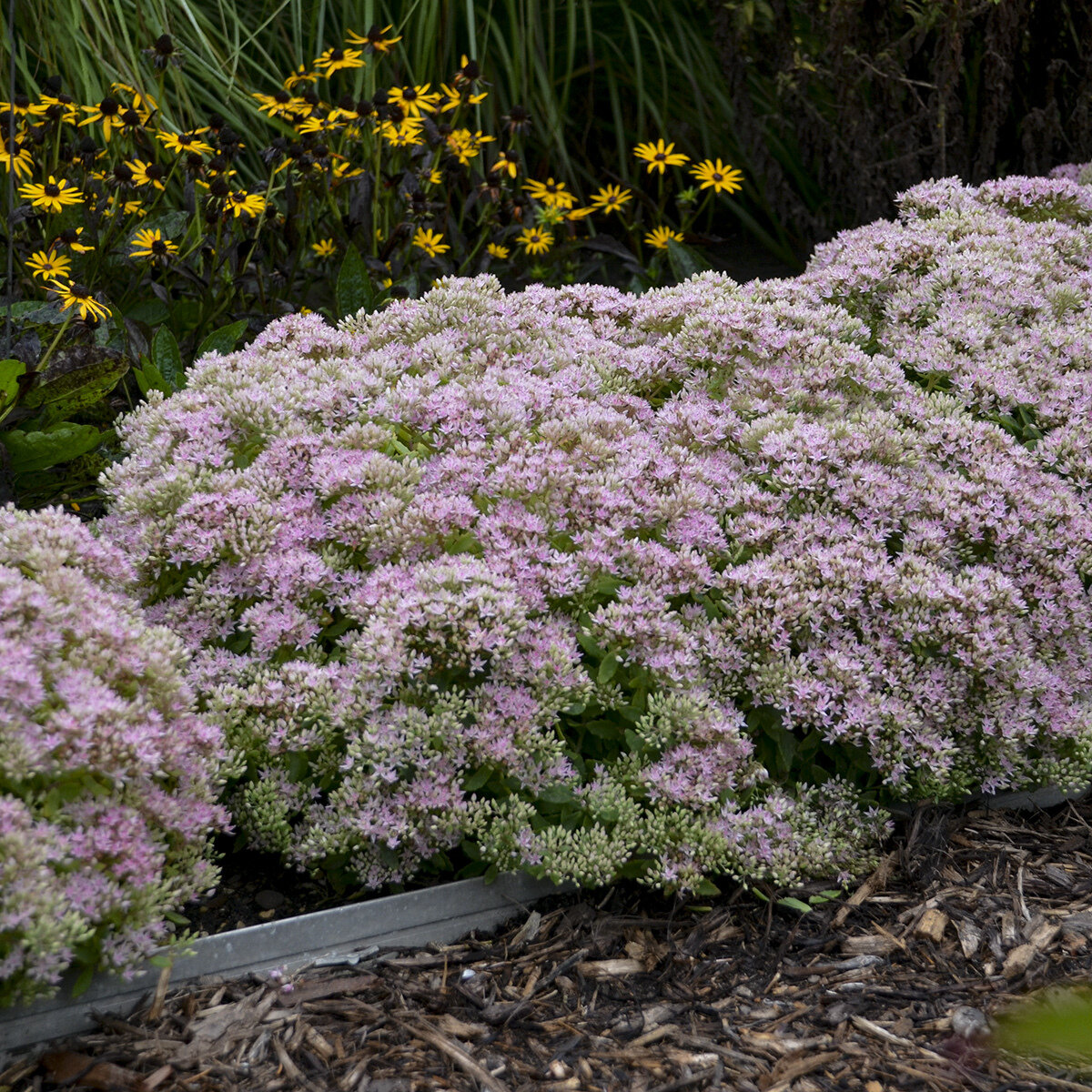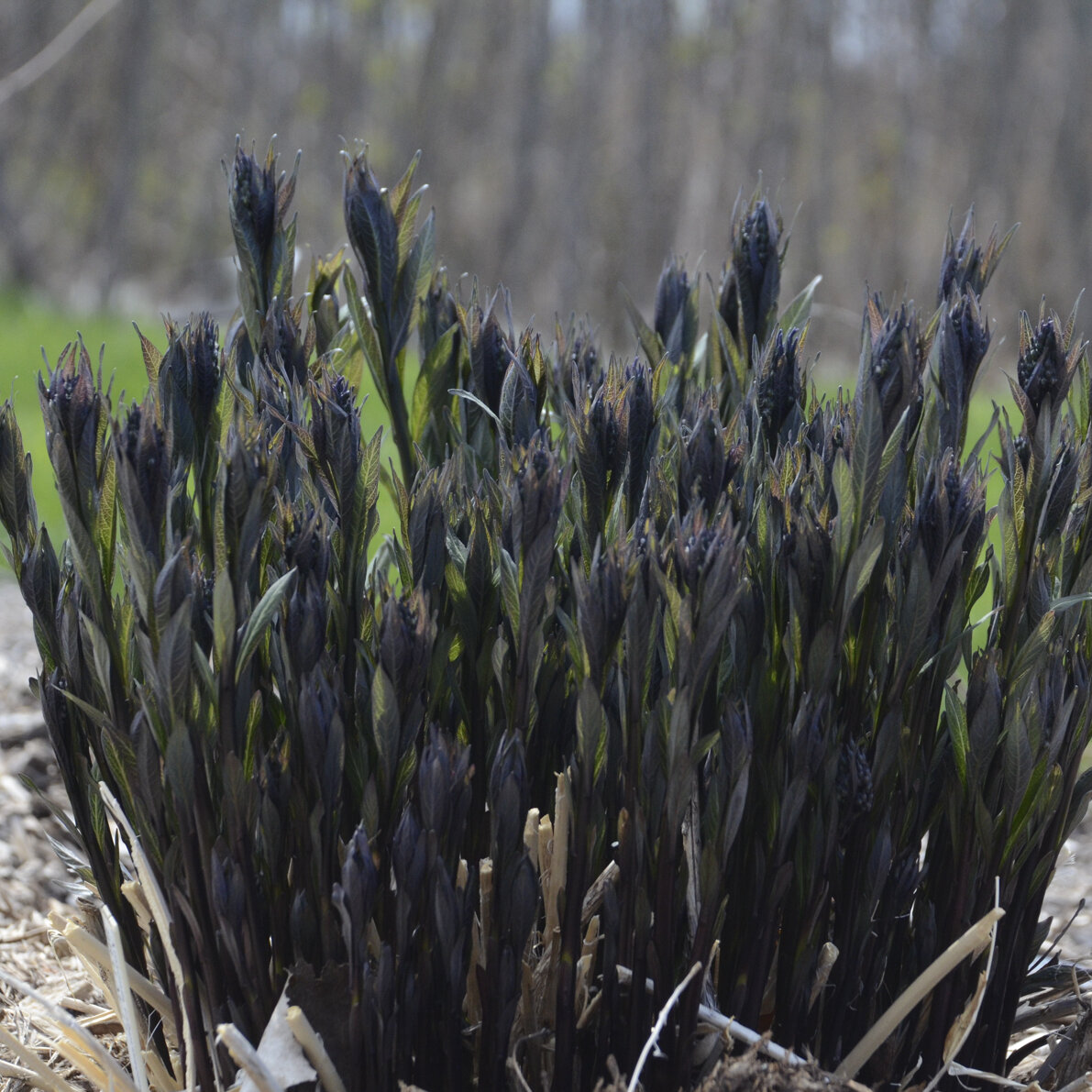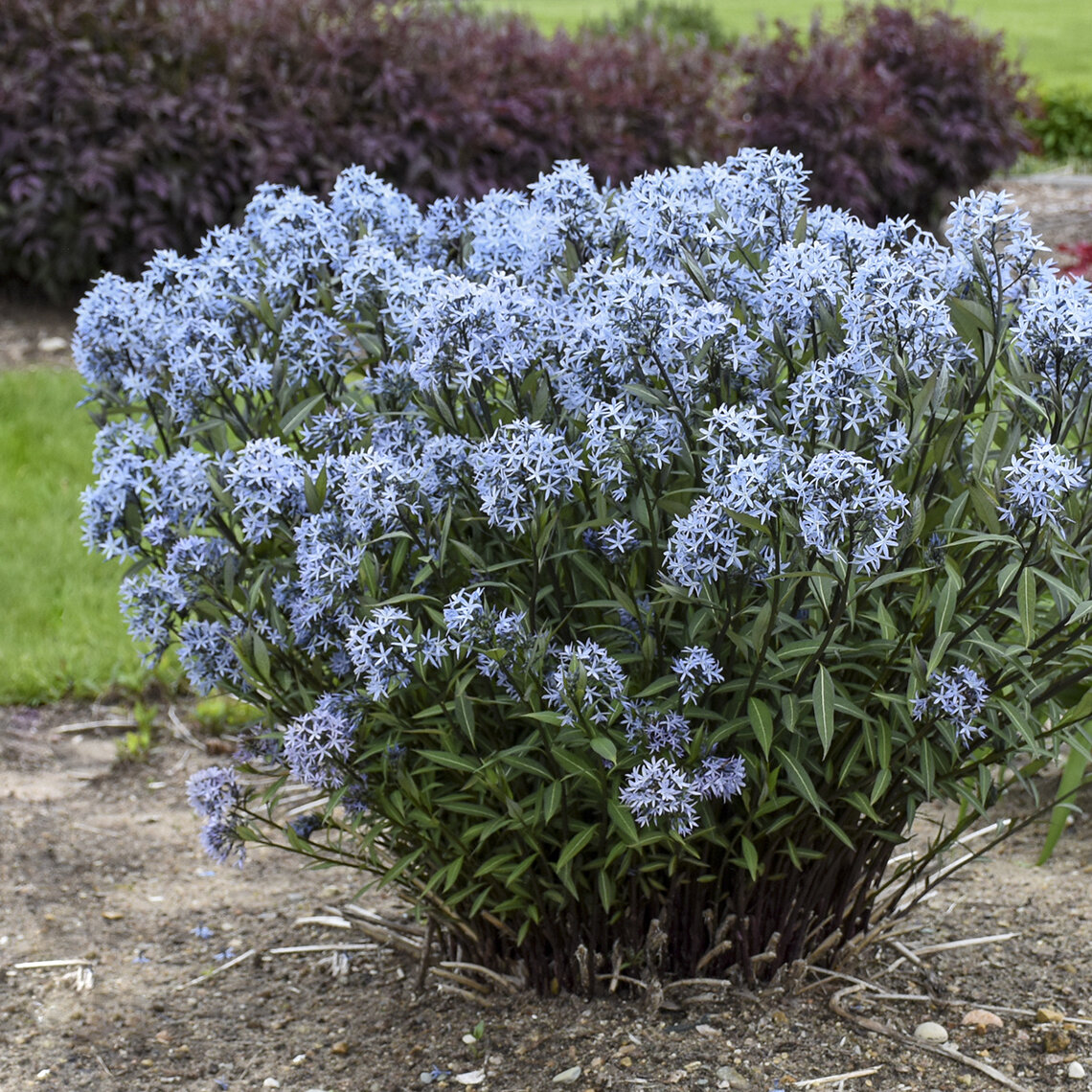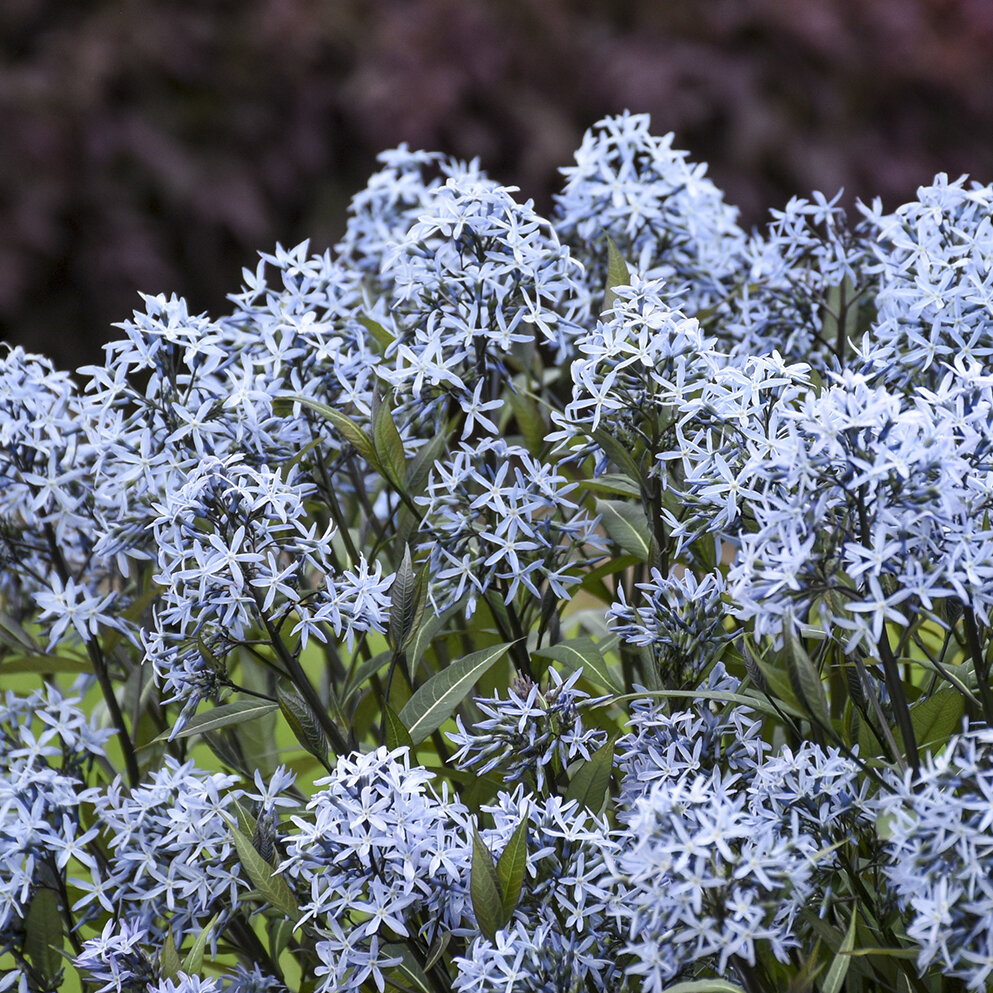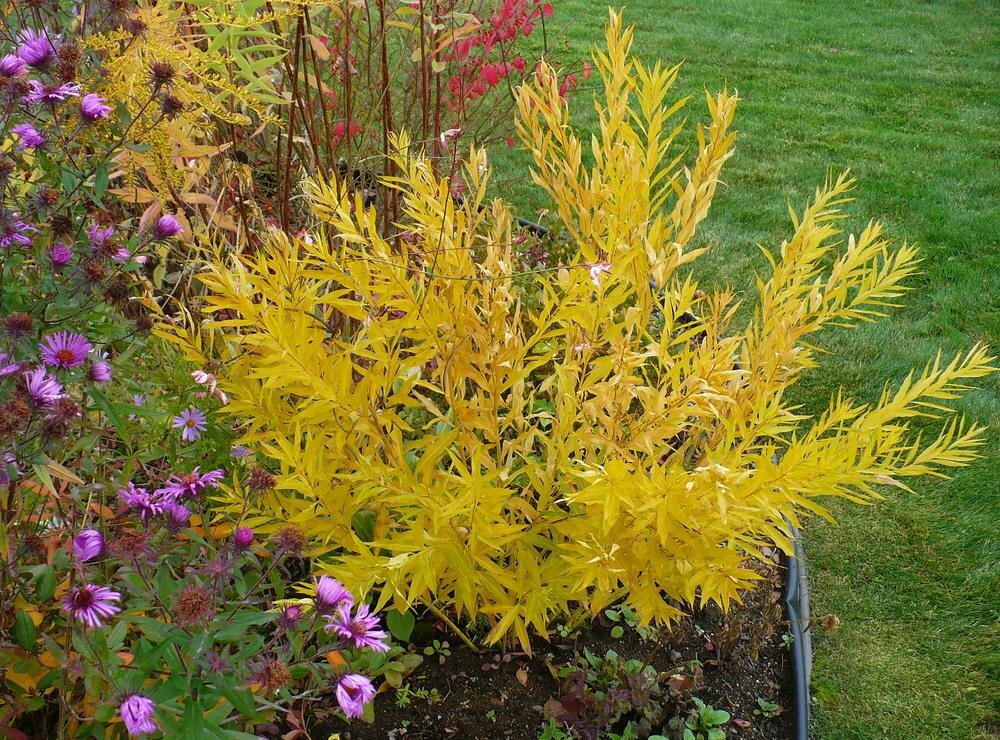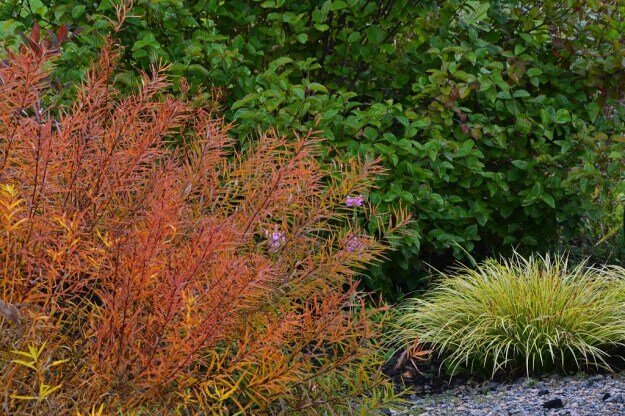2020 Perennial Plant of the Year™: Aralia cordata 'Sun King' (Common name: Japanese Spikenard)
The Perennial Plant Association has chosen Aralia cordata 'Sun King' as its 2020 Perennial Plant of the Year™. 'Sun King' was introduced by famed plantsman Barry Yinger who found it in a department store in Japan and brought it back to the states. It has become popular as something “unique and different” to plant in the shade garden. It has tropical-looking compound leaves that can measure a few feet long.
‘Sun King’ emerges mid-spring with bright gold leaves held on nicely contrasting reddish brown stems. If given at least a few hours of sun a day, the foliage will remain yellow all summer. In heavier shade, the foliage ranges from chartreuse to lime green. In spite of its name, too much sun will cause leaf burn.
‘Sun King’ typically dies back to the ground in winter in our area, but quickly re-emerges in spring to form a large shrub-like clump of foliage which resists deer browsing. It grows about three feet tall and wide.
In mid to late summer, interesting racemes of tiny white flowers are produced followed by deep purplish black, inedible berries. Like most Aralias, the flowers attract honeybees and other pollinators.
I have to admit I’m not fully convinced as to whether we know if this plant will end up being invasive. I have shuddering thoughts of Japanese Knotweed - that was thought to be an ornamental at first too. I’ve planted it at one property - it’s true it does add bold leaves, a big presence and good color to the shade border. Also true that deer don’t seem to be interested in it. We’ll see.
A few other perennials to get to know in 2020
Clematis ‘Rain Dance’ (Common Name: Bush Clematis)
If you’re not familiar with non-vining clematis, its time to try one. They “read” more like a shrub in the garden, are very floriferous, and can be a groundcover or waterfall over a wall.
‘Rain Dance’ was hybridized by Walters Gardens, and has flowers as large as what you'd see on a vine clematis (flowers on non-vining clematis are usually smaller than those of vining forms). It has large (2.5-3"), outward facing indigo blue flowers with darker midribs and lighter margins.
Bush clematis varieties bloom first on new growth beginning in midsummer, and then again on new shoots in early fall. Although ‘Rain Dance’ is non-vining, the plant will benefit from support, either from staking, a garden obelisk, or from neighboring plants. The growth habit of non-vining clematis makes them a little difficult to prune. The upside is that there are no tendrils to get entangled with one another, so its easy to spread out individual stems without breaking them.
‘Rain Dance’ belongs to Clematis Group 3 - Late flowering cultivars – so you can prune them in late winter or early spring. All shoots can be cut back to the previous year's wood, just above the base of the plant. This pruning avoids getting bare stems, but spring flowers will be eliminated for that year; late summer flowers will still be produced. Alternatively, if you don't want to cut the entire plant back all at once, pruning can be done in stages over a period of 3 years. Each year, prune back 1/3 of the stems to 6-9 inches above a couple of well-developed buds.
That might sound like a bit of work, but bear in mind its positive qualities:
· Deer & Rabbit resistant
· Rebloomer
· Attracts butterflies; bee-friendly
· Not fussy about soil
The habit of non-vining clematis (though this is a different cultivar called ‘Sapphire Indigo’
Heuchera ‘Toffee Tart’ (Common Name: Coral Bells)
This new member of the Proven Winners® Heuchera collection displays differing shades of ginger caramel throughout the seasons. In spring, the newest leaves emerge amber with a silver overlay. Leaves take on a ginger color with silver overlay as they mature. Then in late summer, leaves mature to green. This variety has an interesting color that blends easily with most other perennials. It’s not as “loud” as purple-leaved varieties, “softer” than ‘Caramel’ and “reads” better than ‘Dale’s Strain’. Since ‘Toffee Tart’ has a lighter leaf color, grow in partial shade (preferably afternoon shade) (do not plant in full sun).
Heucheras are semi-evergreen in our area. Depending on winter conditions, the plants can look a little tattered by early spring. In that case, just shear off any damaged leaves to make room for the vibrant new foliage which will fill in quickly.
Heucheras can be grown under Black Walnut trees because they are resistant to the toxin Juglone which the trees emit from their roots. Heucheras are also salt tolerant. They are useful along pathways which are salted in winter or for people gardening in coastal regions.
Schizachyrium scoparium ‘Blue Paradise’ (Common Name: Little Bluestem)
This variety of Little Bluestem was bred by Walters Gardens, Inc. Its habit is very upright and columnar, and it maintains its upright habit through fall. At 3½ feet tall, this grass can be the perfect backdrop to a garden. ‘Blue Paradise’ has striking silvery blue stems in summer. In the fall, this grass takes center stage as the leaves develop a deep wine purple color.
Schizachyrium is a great choice if you are looking to restore an eroded site, or for a plant that will grow in hot, dry areas where other plants have a hard time surviving.
Nepeta faasennii ‘Cat’s Meow’ (Common Name: Catmint)
‘Cat’s Meow’ has everything you’re looking for: a low maintenance, drought tolerant, deer resistant, long blooming perennial that looks great all season. Unlike most Nepetas that have a bit of a wild, unkempt look, this first class selection keeps its tidy, dense, rounded shape all season long.
Its small, grey-green, aromatic leaves are topped with well-branched stems carrying spikes of sky blue flowers with purple calyxes from early summer into early fall.
Sedum X ‘Pure Joy’ (Common Name: Stonecrop; Ground Cover Sedum)
This plant is a relatively new introduction in the ROCK 'N GROW® series (trademark is owned by Walters Gardens, Inc.).
In spring, small serrated leaves emerge in a cool shade of blue green. They form a perfectly rounded, low mound perfect for edging the front of the border. As the plant matures through the season, the leaves expand and turned lighter green, forming a short, semi-upright clump.
When ‘Pure Joy’ flowers in late summer and early fall arrive, the flowers form a massive dome of bubblegum pink, completely covering the foliage. Deeper pink seed heads follow later in fall.
Amsonia tabernaemontana ‘Storm Cloud’ (Common Name: Bluestar)
Amsonia is the classic North American perennial, and ‘Storm Cloud’ is an improved selection that is worth planting for its black-asparagus sprouting stems in spring, if for no other reason.
New stems emerge in spring that are near-black with leaves that are very dark green with silver veins. The stems stay dark throughout spring. Light periwinkle blue, star-shaped flowers completely cover the foliage in late spring, and rebloom for many weeks afterward. Although the main interest of this plant is in spring, it maintains a great garden presence throughout the summer and fall. Its wide, mounded habit lends itself well to be used in place of shrubs in the landscape.
In the fall, it puts on a memorable show with shades of bright gold, red and copper. It is easy-care, heat and humidity-tolerant and deer-resistant. What more could you ask?!
